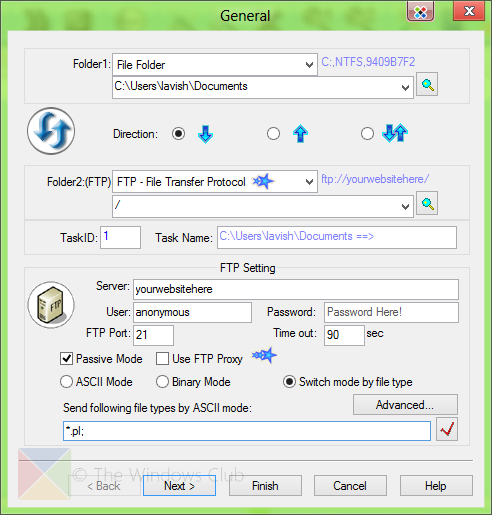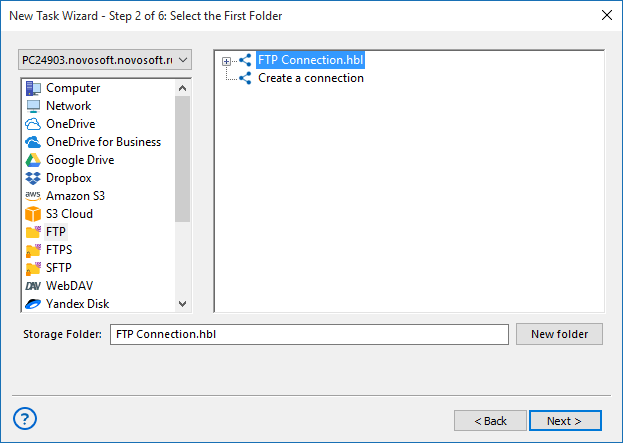
Here are some common settings: SFTP client In these cases, you have to disable this feature so your trigger can work. Some tools let you preserve the timestamp when the files change. If you have an on-premises FTP server, consider creating an integration service environment (ISE) or using Azure App Service Hybrid connections, which both let you access on-premises data sources without using an on-premises data gateway.įTP triggers work by polling the FTP file system and looking for any file that was changed since the last poll.

Use an FTP trigger that returns file properties, such as When a file is added or modified (properties only).įollow the trigger with the FTP Get file content action, which reads the complete file and implicitly uses chunking. To get files larger than 50 MB, follow this pattern: When requesting file content, triggers select only files that are 50 MB or smaller. The Get file content action implicitly uses chunking.įTP triggers don't support chunking. To handle files larger than 50 MB, FTP actions support message chunking. The FTP connector supports only explicit FTP over TLS/SSL (FTPS) and isn't compatible with implicit FTPS.īy default, FTP actions can read or write files that are 50 MB or smaller. If you're new to logic apps, review What is Azure Logic Apps. For example, if you regularly get files from your FTP server, you can send email about those files and their content by using the Office 365 Outlook connector or connector. You can also have other actions use the output from FTP actions. You can use run actions in your logic apps for managing files on your FTP server. You can use triggers that get responses from your FTP server and make the output available to other actions.



 0 kommentar(er)
0 kommentar(er)
